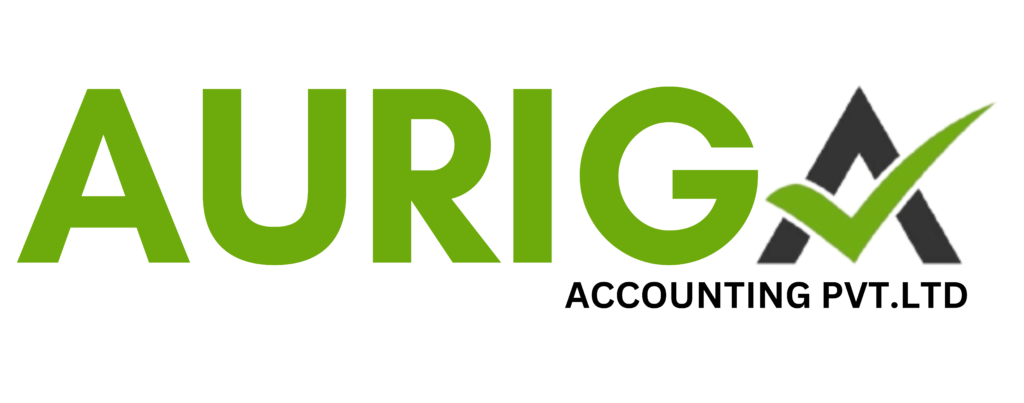How to Respond to a Defective Return Notice?
Introduction
Toggle
Form 16 is a vital document for filing income tax returns under the Income Tax Act, 1961. It serves as a certificate issued by the employer, detailing the tax deducted at source (TDS) from an employee’s salary. This form provides a clear breakdown of the salary components along with the amount of TDS deducted and deposited with the government, helping employees understand their tax obligations and file returns accurately.
What is Form 16?
Form 16 is a certificate issued by an employer to salaried employees in India, confirming the deduction of tax at source (TDS) from their salary. It outlines the amount of tax deducted and deposited with the Income Tax Department on the employee’s behalf.
If an individual has worked with multiple employers during a financial year, and each has deducted tax, they must obtain a separate Form 16 from each employer. However, if the individual’s income falls below the taxable limit, the employer is not obligated to issue Form 16.
Parts in Form 16
Part A – TDS Summary by Employer
Part A of Form 16 serves as a summary of the tax deducted at source (TDS) on your salary and focuses on the interaction between you and your employer regarding tax deductions. It includes:
Employer Details: Name, address, and identification numbers such as TAN (Tax Deduction and Collection Account Number) and PAN.
Employee Details: Your PAN (Permanent Account Number), which links your income to your tax records.
Quarterly Salary Information: A quarterly summary of the salary paid during the financial year.
TDS Deposits: A summary of the tax deducted from your salary each quarter and confirmation that it has been deposited with the Income Tax Department.
Note: If you’ve worked with more than one employer in the financial year, each employer will issue a separate Part A reflecting your salary and TDS for that specific period.
Part B – Detailed Income and Deductions
Part B provides a detailed view of your salary structure and the deductions that help reduce your taxable income. It includes:
Salary Components: A comprehensive breakdown of your salary, including basic pay, allowances, bonuses, and other components.
Tax-Exempt Allowances: Details of allowances exempt under Section 10 of the Income Tax Act (such as HRA, LTA, etc.).
Deductions Under Chapter VI-A: Information on deductions claimed under various sections, such as:
Section 80C – Investments like PPF, life insurance, ELSS, etc.
Section 80D – Health insurance premiums.
Other eligible deductions as permitted by the Income Tax Act.
Reminder: If you’ve switched jobs during the year, collect and combine Part B from all employers to ensure accurate tax filing.
What Is the Reason for Defective Notice 139(9)?
1. Incomplete ITR : Your income tax return must be fully completed with all annexures, statements, and sections accurately filled. For example, when claiming a deduction under Section 80G, you must provide the necessary details in the corresponding schedule.
2. Missing Tax Information : It’s essential to include all relevant tax details, such as the BSR code, date of challan, and challan serial number when tax and any applicable interest are paid prior to filing.
3. Mismatch in Information : Make sure that the amount of tax actually paid matches the tax liability indicated in your income tax return. Any discrepancies or unpaid taxes need to be resolved.
4. Presumptive Taxation Scheme : If you are filing ITR 4 and your presumptive income is less than 8% or 6% of gross turnover or receipts, you should file ITR 3 instead. Additionally, ensure that you mention the gross receipts in the Profit & Loss Account. If your income under Section 44AD exceeds ₹2 Crore while filing ITR 4, the appropriate form must be used.
5. Filing Under Section 44ADA : If you have filed your return under Section 44ADA with gross receipts exceeding ₹50 lakhs without providing a Balance Sheet and Profit & Loss statement, you will need to file ITR 3 along with audited financials.
6. Budget 2023 Presumptive Taxation Limits : The presumptive taxation limits have been raised to ₹3 Crore for Section 44AD and ₹75 lakhs for Section 44ADA, provided that 95% of the receipts are through online sales.
7. Maintaining Books of Accounts : You are required to maintain accurate books of accounts, including Balance Sheets and Profit & Loss statements, which must be included in your return.
8. TDS Claimed but Income Not Mentioned : If you have claimed a refund for tax deducted at source (TDS), ensure that the corresponding income details are reported in your return.
9. Income Tax Audit Requirements : If your accounts have been audited, you must attach a copy of the audit report and the audited financial statements with your return.
10. Cost Audit Requirements : If your business entity is required to conduct a cost audit, include detailed information in your return.
11. Mismatch in Name : Ensure that your name matches exactly between your PAN and your income tax return to avoid discrepancies.
What Should I Do After Receiving a Defective Notice Under Section 139(9)?
If you receive an income tax notice under Section 139(9), it means your return has been found defective. You are required to correct the defect and file a revised return within 15 days from the date of receiving the notice. If you need more time, you can request an extension by writing to the Assessing Officer (A.O.).
In practice, if you rectify the defect after the 15-day period but before the assessment is completed, the Assessing Officer may accept the revised return and treat it as valid. However, if you fail to respond within the given time or any extended period granted, your original return will be considered invalid.
Can I Withdraw My Response to a Defective Notice Under Section 139(9)?
Earlier, it was possible to withdraw a response submitted against a defective return notice under Section 139(9). However, this option is no longer available. Now, you can only update or view your response—withdrawal is not permitted.
How to Respond to a Defective Return Notice
Review the Notice: Carefully read the notice issued by the Income Tax Department to understand the reason your return has been marked as defective.
Correct the Errors: Make the necessary corrections to your income tax return as per the details mentioned in the notice. Ensure all identified defects are properly addressed.
File the Revised Return: After making the corrections, file the revised return on the Income Tax e-filing portal or with the help of a qualified tax professional.
Track the Status: Keep a record of your revised return and monitor its status to ensure it is accepted and processed by the tax authorities.
Tips to Avoid Defective Return Notices:
Here’s How You Can Avoid Defective Return Notices in the Future:
File Carefully: Take your time while preparing your income tax return to ensure all information provided is accurate and complete.
Review Thoroughly: Double-check all entries, including income details, deductions, and personal information, before submitting your return.
Meet Deadlines: File your return well before the due date to avoid last-minute errors and late filing penalties.
Consult a Tax Expert: If you’re unsure about any part of the filing process, consider seeking guidance from a qualified tax professional to ensure everything is in order.
Conclusion:
Receiving a defective return notice may feel overwhelming, but it’s not a cause for panic. What’s important is to act quickly—identify and correct the errors, and file a revised return within the stipulated time to avoid penalties or complications. By following the preventive tips mentioned above, you can reduce the chances of receiving such notices in the future.
At auriga accounting, we understand the importance of staying compliant with tax regulations and the potential consequences of non-compliance. Our expert team is here to assist you in filing your income tax returns accurately and responding to defective return notices efficiently. We also provide valuable guidance to help you steer clear of similar issues going forward. With Vakilsearch, your tax matters are in reliable hands—allowing you to focus on your financial planning with confidence.



